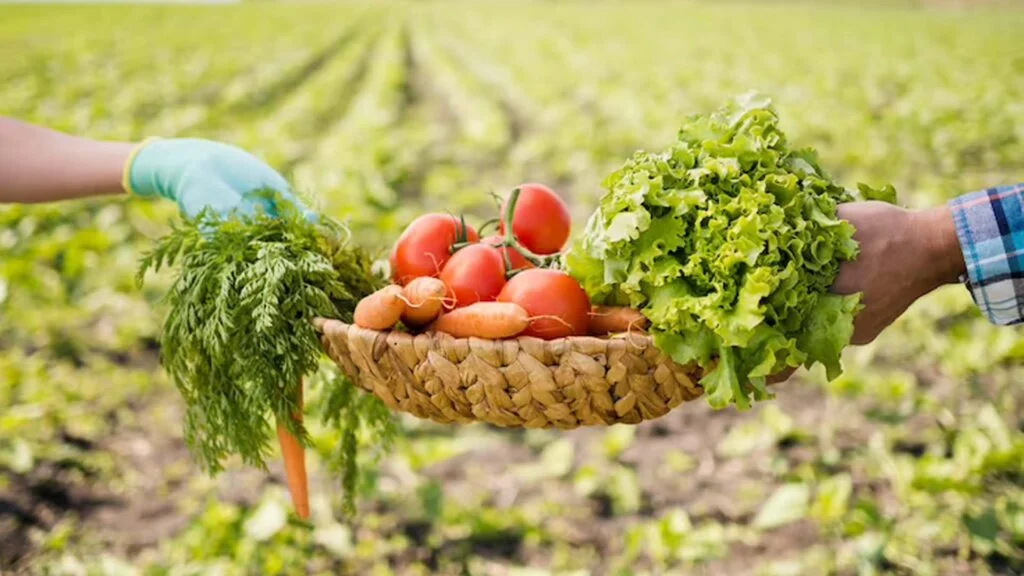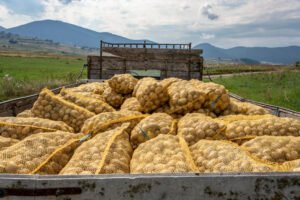Introduction
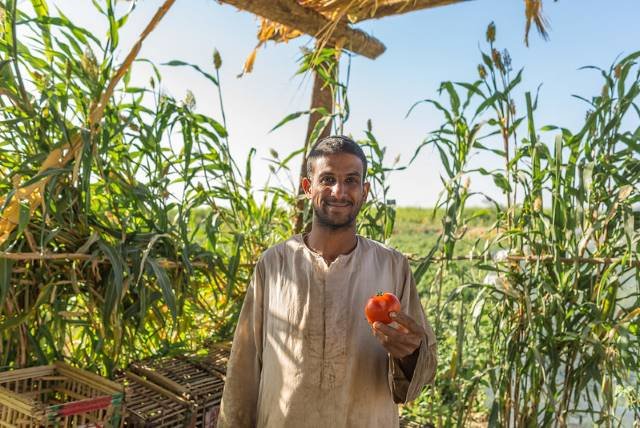
Government subsidies for farmers are financial aids provided by governments to support agricultural production, stabilize farm incomes, and promote food security. These subsidies can take various forms, including direct payments, price supports, and input subsidies. While they play a crucial role in enhancing agricultural productivity and ensuring farmers’ livelihoods, these subsidies also come with challenges that can distort market dynamics and influence farming practices. This article examines the benefits and challenges associated with government subsidies for farmers, drawing on recent research and case studies to provide a comprehensive overview.
Benefits of Government Subsidies
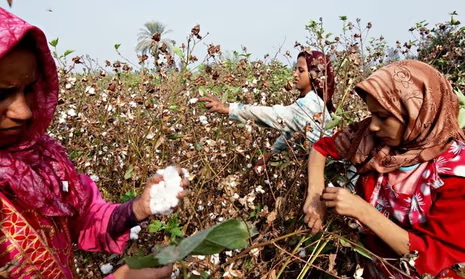
1. Enhanced Agricultural Productivity
Government Subsidies for Farmers can significantly boost agricultural productivity by providing farmers with the necessary resources to improve their operations.
- Input Affordability: Subsidies on fertilizers, seeds, and pesticides make essential inputs more affordable for farmers, leading to increased crop yields. For instance, in India, fertilizer subsidies have historically supported the production of staple crops like rice and wheat .
- Price Stability: Price support programs help stabilize market prices for agricultural products, ensuring that farmers receive fair compensation for their goods. This stability encourages farmers to invest in their operations without fear of market volatility .
2. Economic Security for Farmers
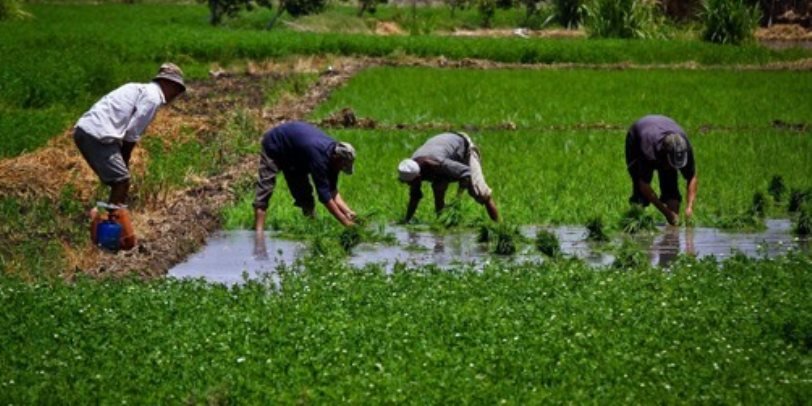
Government Subsidies for Farmers provide a safety net for farmers, helping them navigate economic uncertainties.
- Income Support: Direct payments and crop insurance subsidies offer financial assistance during periods of low prices or poor harvests. This support is particularly vital for smallholder farmers who may lack the resources to weather economic downturns .
- Access to Credit: Subsidies can enhance farmers’ access to credit by improving their financial standing, making it easier for them to secure loans for investments in technology and infrastructure .
3. Promotion of Sustainable Practices
Some Government Subsidies for Farmers programs are designed to encourage sustainable agricultural practices.
- Environmental Incentives: Programs that reward farmers for adopting eco-friendly practices—such as conservation tillage or organic farming—help promote sustainability while providing financial benefits . For example, smart subsidies focus on practices that protect soil, water, air, and biodiversity .
- Research Funding: Government support for agricultural research helps develop innovative practices that improve sustainability and resilience in farming systems.
Challenges of Government Subsidies
1. Market Distortion
While Government Subsidies for Farmers aim to support farmers, they can also lead to unintended market distortions.
- Overproduction: Subsidies may incentivize overproduction of certain crops, leading to market gluts and reduced prices. This phenomenon can create dependency on government support rather than fostering self-sufficiency among farmers .
- Resource Misallocation: Financial incentives may steer resources towards specific crops or farming practices at the expense of others, potentially undermining biodiversity and sustainable land use .
2. Inequitable Distribution
The distribution of Government Subsidies for Farmers is often unequal, favoring larger farms over smaller ones.
- Larger Farms Benefit More: Research indicates that larger farms tend to receive a disproportionate share of subsidy payments compared to smaller farms. For instance, direct payments under the EU’s Common Agricultural Policy often benefit larger landholders more significantly than smallholders .
- Exclusion of Marginal Farmers: Smallholder and marginalized farmers may struggle to access subsidy programs due to bureaucratic hurdles or lack of awareness about available resources.
3. Dependency on Government Support
Over-reliance on subsidies can hinder innovation and long-term sustainability in agriculture.
- Reduced Incentives for Efficiency: When farmers depend heavily on government support, they may have less motivation to innovate or adopt cost-saving measures . This dependency can lead to stagnation in agricultural practices.
- Fiscal Burden on Governments: High levels of agricultural subsidies can place significant fiscal burdens on governments, diverting funds from other critical areas such as education or healthcare .
Conclusion
Government Subsidies for Farmers play a vital role in supporting farmers by enhancing productivity, providing economic security, and promoting sustainable practices. However, these benefits must be weighed against the challenges of market distortion, inequitable distribution, and dependency on government support. To maximize the positive impact of subsidies while minimizing adverse effects, policymakers must continually evaluate and adapt subsidy programs to ensure they meet the evolving needs of the agricultural sector.
Engage with local agricultural policy discussions—advocate for reforms that enhance the effectiveness of government subsidies while promoting equity and sustainability in farming!
Q&A Section
Q: What are the main types of government subsidies for farmers?
A: Common types include direct payments, price supports, input subsidies (for seeds and fertilizers), crop insurance subsidies, and disaster relief payments.
Q: How do subsidies impact smallholder farmers?
A: While subsidies can provide essential support for smallholders, they often face barriers in accessing these funds compared to larger farms that benefit disproportionately from subsidy programs.
Q: What are smart subsidies?
A: Smart subsidies focus on promoting agricultural practices that are environmentally friendly and sustainable while providing financial incentives to farmers who adopt such practices.
Resources
- Agricultural Subsidies – Finance Commission
- Why Are Farmers Subsidized? – Sentient Media
- Agricultural Subsidy Programs – Econlib
- Repurposing Agricultural Subsidies – BIOFIN
- Cutting Federal Farm Subsidies – Cato Institute


